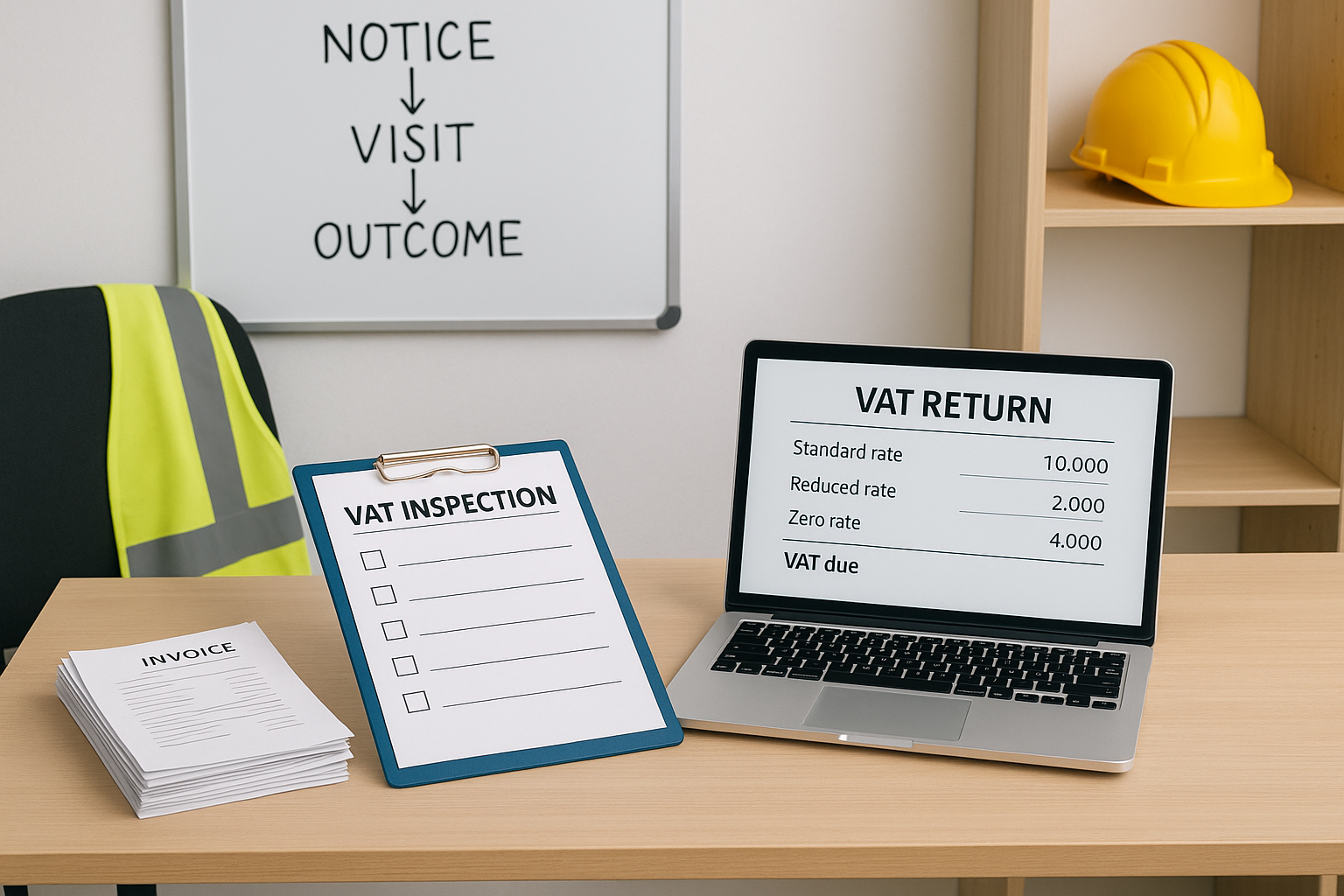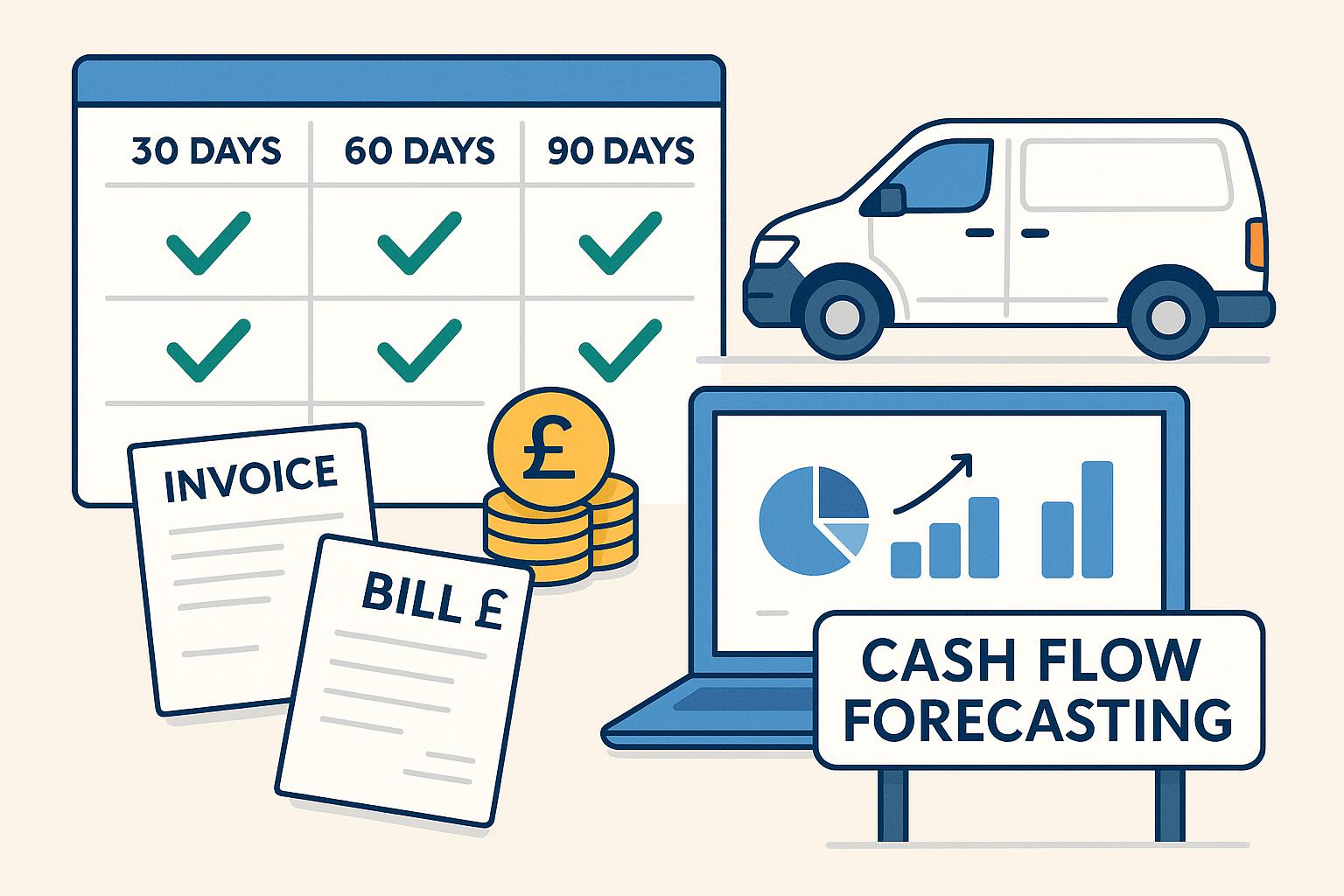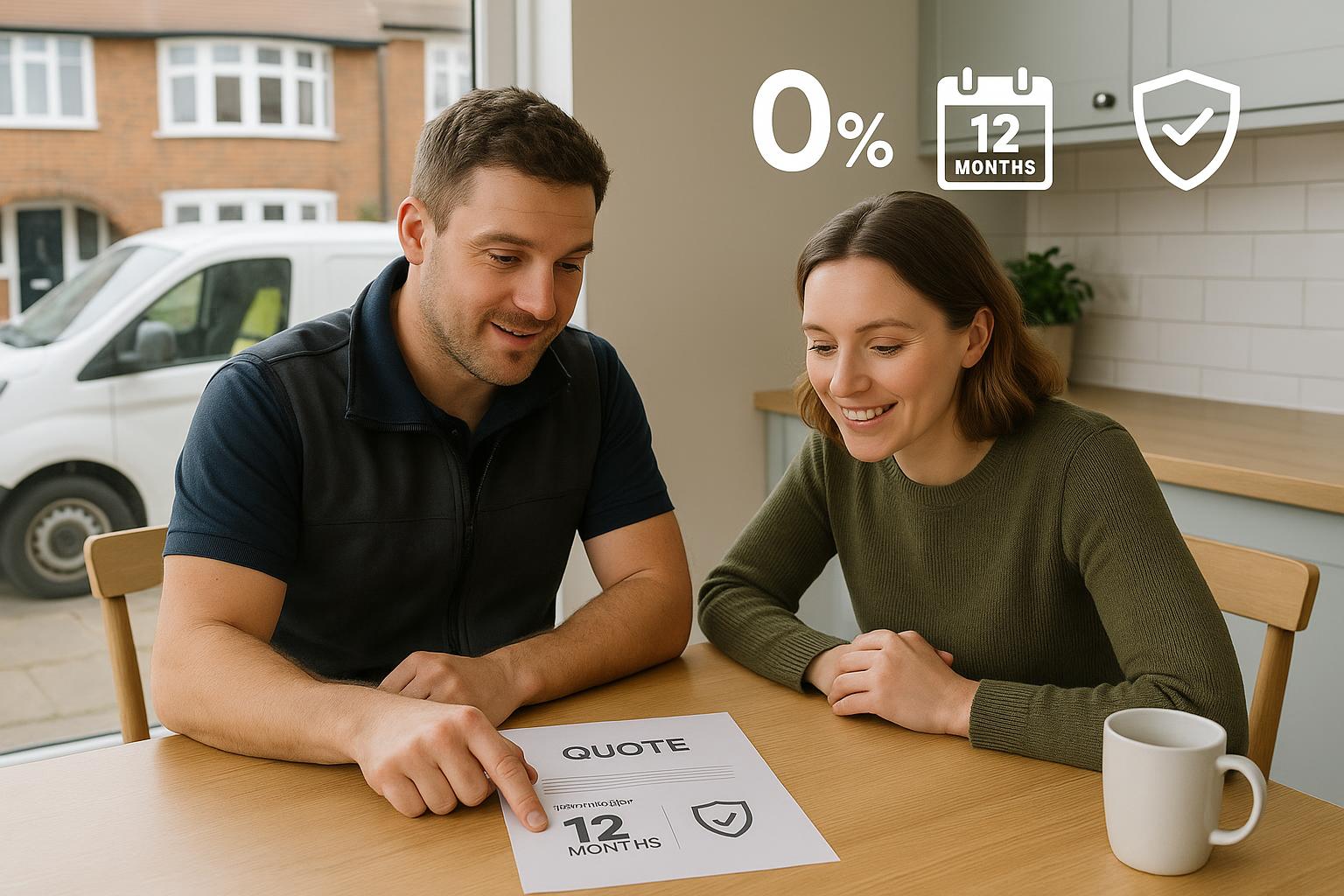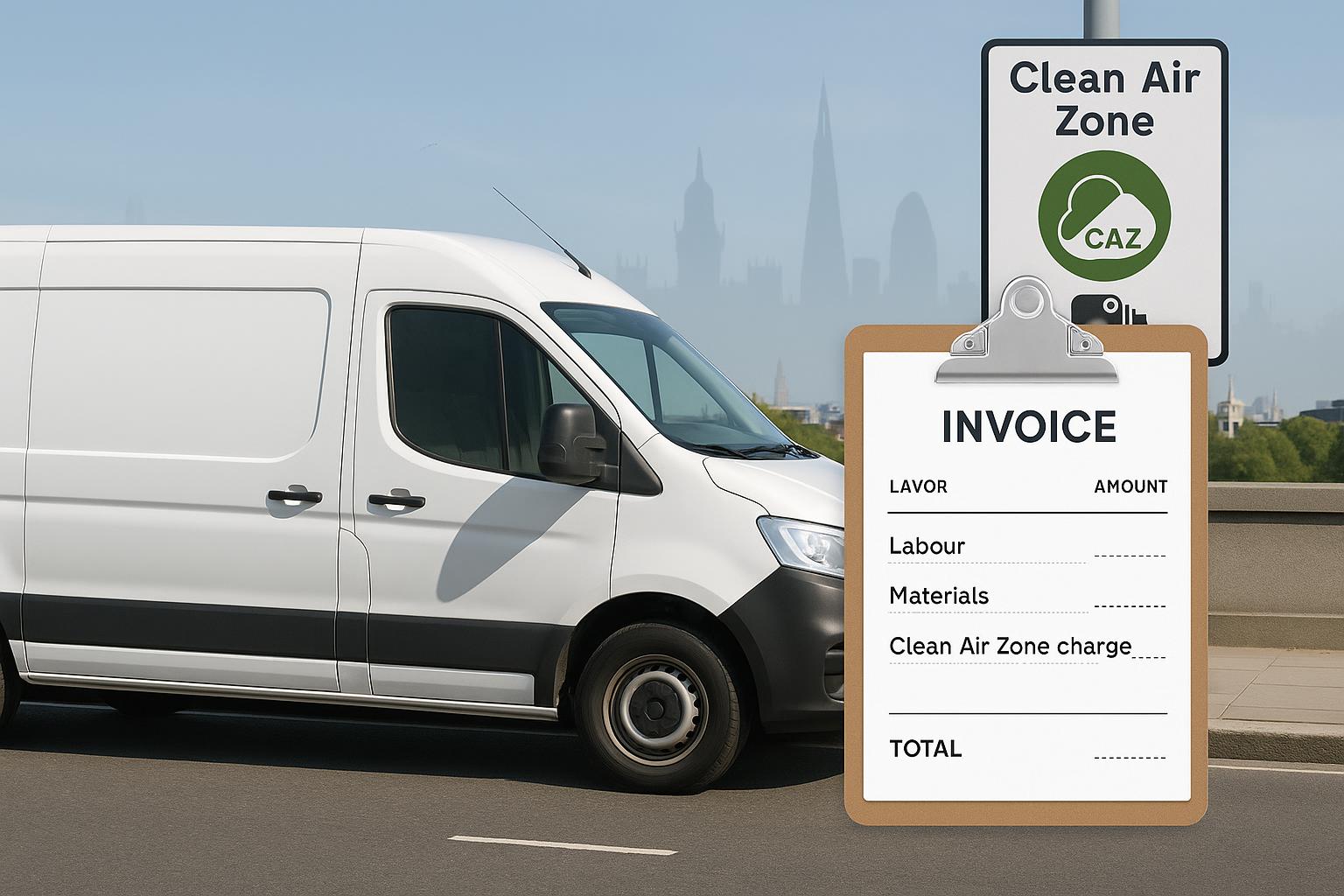
HMRC VAT inspection checklist for construction: records to keep, reverse charge evidence and how to pass first time
HMRC VAT inspection checklist for construction: records to keep, reverse charge evidence and how to pass first time
Category: Finance & Tax • Niche: VAT, Domestic Reverse Charge, CIS, Making Tax Digital, inspections
Contents
- Quick answer
- What HMRC means by a VAT inspection
- Records a construction firm must keep
- Domestic Reverse Charge: evidence HMRC expects
- Zero and reduced rating on building work: keep this proof
- CIS records HMRC checks alongside VAT
- MTD: your digital links and VAT account
- Pre-visit checklist and walk-through
- What happens on the day
- After the visit: outcomes, errors and appeals
- Handy links
- FAQ
Quick answer
A VAT inspection is an HMRC compliance check where an officer reviews your VAT records and processes. They usually give notice and tell you what they want to see. If you keep the right records (including Domestic Reverse Charge evidence) and your VAT account ties back to your ledgers with digital links under Making Tax Digital, you will be fine. See HMRC’s overview of VAT visits and inspections and general factsheet CC/FS1a.
What HMRC means by a VAT inspection
- HMRC can visit or conduct a remote check to make sure you’re charging, recording, paying and reclaiming VAT correctly. They usually give 7 days’ notice and you can ask to delay with a good reason. Source: GOV.UK VAT visits and inspections.
- You’ll be given the relevant factsheets (CC/FS1a plus CC/FS3, CC/FS4 or CC/FS5 depending on the type of visit) and your rights are explained. See HMRC’s compliance handbook notes on when factsheets are issued.
Records a construction firm must keep
- VAT records and VAT account: keep for 6 years. What’s required is set out in VAT Notice 700/21 and the general VAT record guidance.
- Invoices: keep copies of every VAT invoice you issue or receive. A valid VAT invoice must include specific details (number, date, supplier, customer, description, amounts and VAT). See HMRC invoice guidance.
- Making Tax Digital: most VAT records must be digital and connected by “digital links” between systems/spreadsheets. See VAT Notice 700/22.
Domestic Reverse Charge: evidence HMRC expects
- When DRC applies, your sales invoice must state that the reverse charge applies, normally show the VAT amount to be accounted for by the customer, and exclude that VAT from the amount you charge. See VAT Notice 735.
- Keep proof you assessed DRC correctly: customer’s VAT number, whether they’re within CIS, and end‑user or intermediary supplier confirmations where DRC does not apply. HMRC’s DRC guidance has accepted wordings and examples.
Zero and reduced rating on building work: keep this proof
- For new dwellings and other zero/reduced‑rated building work, retain certificates and evidence (planning decisions, building control approvals, relevant residential or charitable use). HMRC sets this out in VAT Notice 708.
CIS records HMRC checks alongside VAT
- Contractors must keep for each subcontractor payment: gross amount (excluding VAT), cost of materials (excluding VAT), and any CIS deduction made, plus verification evidence and monthly returns. See CIS record keeping.
- From April 2024, VAT compliance is part of keeping CIS Gross Payment Status, and HMRC has wider powers to cancel GPS where there’s serious non‑compliance. See “Construction Industry Scheme reform from 6 April 2024”.
MTD: your digital links and VAT account
- Keep VAT designatory data and supplies data digitally, and ensure figures flow via digital links into your VAT return. Keep your VAT account reconciliations and any error‑correction workings. See Notice 700/22 and Keeping VAT records.
Pre-visit checklist and walk-through
Print this and work through it before HMRC arrives:
- VAT returns: reconcile the last 4 quarters to your ledgers and bank. Have supporting schedules ready (partial exemption, error corrections, flat rate if used).
- Sales file samples: for 5–10 recent jobs keep quotes, contracts/variations, applications for payment, invoices with correct DRC wording where needed, and end‑user confirmations where DRC was not used.
- Purchases: supplier invoices, C79s, import docs. For subcontractors, make sure their invoices reflect DRC where applicable.
- DRC evidence pack: list of VAT‑registered CIS customers, copies of VAT numbers checked, and your simple decision note for each job (DRC applies or not, why).
- Zero/reduced rating pack: required certificates and evidence for any zero/reduced‑rated jobs.
- CIS pack: monthly returns, subcontractor verifications, statements of deduction; reconcile subcontractor materials vs labour to support CIS and DRC decisions.
- MTD proof: screenshots showing your software setup and digital links, plus a one‑page map of how data flows into the VAT return.
- Policies: short written procedure for VAT liability decisions and who signs off invoices; note any improvements made after previous HMRC guidance.
What happens on the day
- Arrival: officer shows ID, explains scope, and confirms what they’ll review. You’ll receive the relevant factsheets (for example CC/FS3 for a scheduled visit).
- Review: they’ll sample invoices and job files, ask how you decide VAT treatment, and may tour the premises to confirm trading activity.
- Questions: answer plainly. If you don’t know, say you’ll confirm after checking records.
- If something’s wrong: be open and propose a fix. Cooperation usually reduces penalties.
After the visit: outcomes, errors and appeals
- You’ll get a letter confirming any improvements, corrections or assessments. You can appeal within 30 days. See VAT visits and inspections and CC/FS1a.
- Protecting CIS Gross Payment Status: if you receive warnings around VAT compliance, fix processes quickly and document changes.
Handy links
- VAT visits and inspections: GOV.UK
- About compliance checks CC/FS1a: GOV.UK
- Record keeping (VAT Notice 700/21): GOV.UK
- Making Tax Digital for VAT (Notice 700/22): GOV.UK
- Domestic Reverse Charge (Notice 735) and guidance: GOV.UK
- Buildings and construction (Notice 708): GOV.UK
- CIS contractor record keeping: GOV.UK
- Related Academy reads:
FAQ
Do HMRC still do VAT inspections?
Yes. HMRC can visit or conduct remote checks and usually gives notice. See VAT visits and inspections.
What triggers a VAT compliance check?
Unusual VAT returns, repeated errors, industry risk, large repayment claims, or random selection. HMRC’s CC/FS1a covers triggers and your rights.
How do I show Domestic Reverse Charge was applied correctly?
Keep the customer’s VAT number, CIS status, and your decision note. Ensure invoices include accepted reverse charge wording and that VAT is not charged on the total you collect. See Notice 735.
If HMRC finds an error, will I get a penalty?
Penalties depend on behaviour (careless, deliberate) and cooperation. If you disclose and correct quickly, penalties are often reduced.
Will a VAT issue affect my CIS Gross Payment Status?
Potentially. Since April 2024, serious VAT non‑compliance can lead to GPS being cancelled. Fix issues quickly and keep evidence of corrective action.
How long do I keep records?
Generally 6 years for VAT, at least 3 years for CIS records. Some documents like C79s must be kept in original form.
Share this article
Category
Financial management and tax guidance for trades
Ready to Transform Your Business?
Join the TrainAR beta and start using AR training in your business.
Join Beta ProgramStay Updated
Get weekly insights and new articles delivered to your inbox.
Comments (0)
Leave a Comment
No comments yet
Be the first to share your thoughts on this article!
Related Articles

Cash flow forecasting for trades in Xero or QuickBooks: simple setup, open banking tips and a one‑page template
Cash flow forecasting for trades in Xero or QuickBooks: simple setup, open banking tips and a one‑page template Category: Finance & Tax Niche: ca...

Offer finance to customers: interest‑free plans vs Kanda, Vendigo and Novuna explained
Offer finance to customers: interest‑free plans vs Kanda, Vendigo and Novuna explained Category: Finance & Tax • Niche: customer finance, interest...

How to add ULEZ or Clean Air Zone charges to your invoice (VAT and reverse charge explained)
Category: Finance & Tax • Niche: VAT, ULEZ/CAZ, invoicing, domestic reverse charge, job costing, Xero, QuickBooks Contents {#contents} - Quick an...

Cash flow forecasting for trades in Xero or QuickBooks: simple setup, open banking tips and a one‑page template
Cash flow forecasting for trades in Xero or QuickBooks: simple setup, open banking tips and a one‑page template Category: Finance & Tax Niche: ca...

Offer finance to customers: interest‑free plans vs Kanda, Vendigo and Novuna explained
Offer finance to customers: interest‑free plans vs Kanda, Vendigo and Novuna explained Category: Finance & Tax • Niche: customer finance, interest...

How to add ULEZ or Clean Air Zone charges to your invoice (VAT and reverse charge explained)
Category: Finance & Tax • Niche: VAT, ULEZ/CAZ, invoicing, domestic reverse charge, job costing, Xero, QuickBooks Contents {#contents} - Quick an...